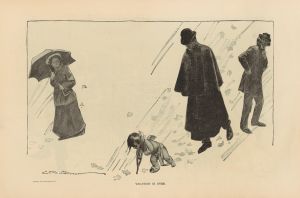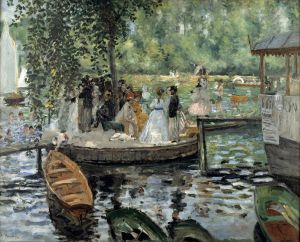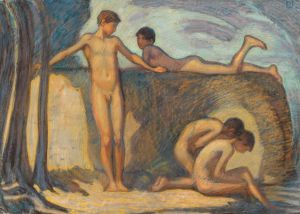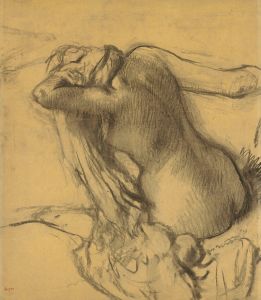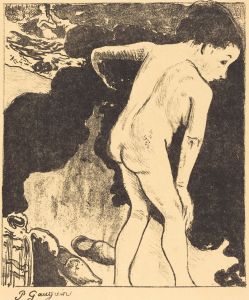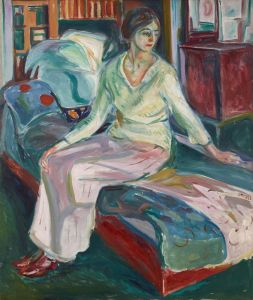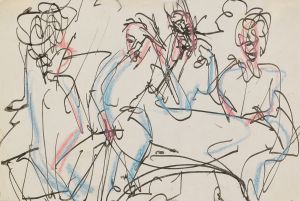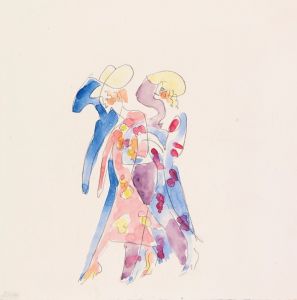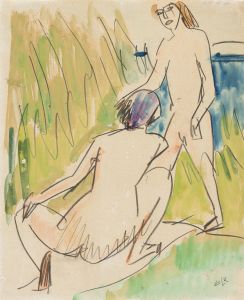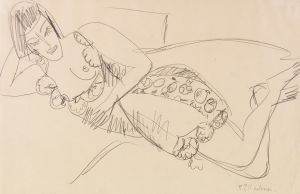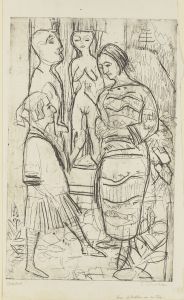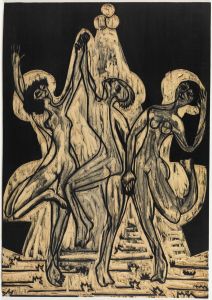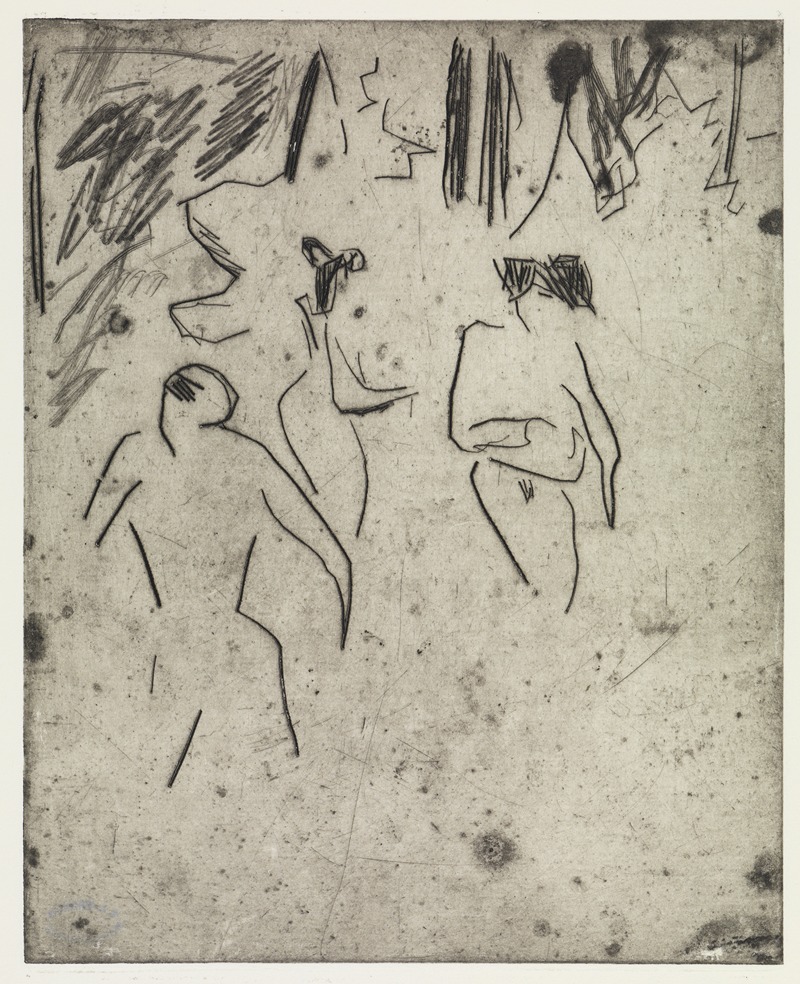
Moritzburger Badende im Gestrüpp
A hand-painted replica of Ernst Ludwig Kirchner’s masterpiece Moritzburger Badende im Gestrüpp, meticulously crafted by professional artists to capture the true essence of the original. Each piece is created with museum-quality canvas and rare mineral pigments, carefully painted by experienced artists with delicate brushstrokes and rich, layered colors to perfectly recreate the texture of the original artwork. Unlike machine-printed reproductions, this hand-painted version brings the painting to life, infused with the artist’s emotions and skill in every stroke. Whether for personal collection or home decoration, it instantly elevates the artistic atmosphere of any space.
"Moritzburger Badende im Gestrüpp" is a painting by the German expressionist artist Ernst Ludwig Kirchner, created in 1910. Kirchner was a leading figure in the German Expressionist movement and a founding member of the artist group Die Brücke (The Bridge), which played a crucial role in the development of modern art in the early 20th century. The group sought to create a new form of artistic expression that bridged the past and the future, emphasizing emotional experience over realistic representation.
The painting is part of a series of works that Kirchner produced during his visits to the Moritzburg Lakes near Dresden, where he and other members of Die Brücke spent their summers from 1909 to 1911. These retreats were pivotal for the group, as they allowed the artists to work closely together, exploring new techniques and themes inspired by nature and the human form. The Moritzburg series is characterized by its vibrant colors, dynamic compositions, and a focus on the nude figure in natural settings.
"Moritzburger Badende im Gestrüpp" depicts a group of nude bathers amidst dense foliage, capturing a moment of leisure and freedom. The painting exemplifies Kirchner's distinctive style, marked by bold brushstrokes, vivid colors, and a sense of movement. The figures are rendered with a degree of abstraction, emphasizing their integration with the surrounding landscape. This approach reflects Kirchner's interest in the harmony between humans and nature, a recurring theme in his work.
The use of color in "Moritzburger Badende im Gestrüpp" is particularly noteworthy. Kirchner employs a palette of greens, blues, and earthy tones to create a lush, immersive environment. The interplay of light and shadow adds depth to the scene, while the expressive use of color conveys the vibrancy and vitality of the natural world. This technique is characteristic of Kirchner's work during this period, as he sought to evoke emotional responses through color and form.
Kirchner's time at the Moritzburg Lakes was not only significant for his artistic development but also for his personal life. The retreats provided an escape from the constraints of urban life and allowed Kirchner to explore themes of primitivism and the idealized connection between humans and nature. These experiences were instrumental in shaping his artistic vision and contributed to the evolution of his style.
"Moritzburger Badende im Gestrüpp" is an important example of Kirchner's work during the Die Brücke period and reflects the broader goals of the expressionist movement. The painting captures the spirit of experimentation and innovation that defined this era, as artists sought to break away from traditional artistic conventions and explore new ways of seeing and representing the world.
Today, Kirchner's work is celebrated for its contribution to modern art, and "Moritzburger Badende im Gestrüpp" remains a significant piece within his oeuvre. The painting is held in high regard for its artistic merit and its role in the development of expressionism, offering insight into the creative processes and philosophies that shaped one of the most dynamic periods in art history.





